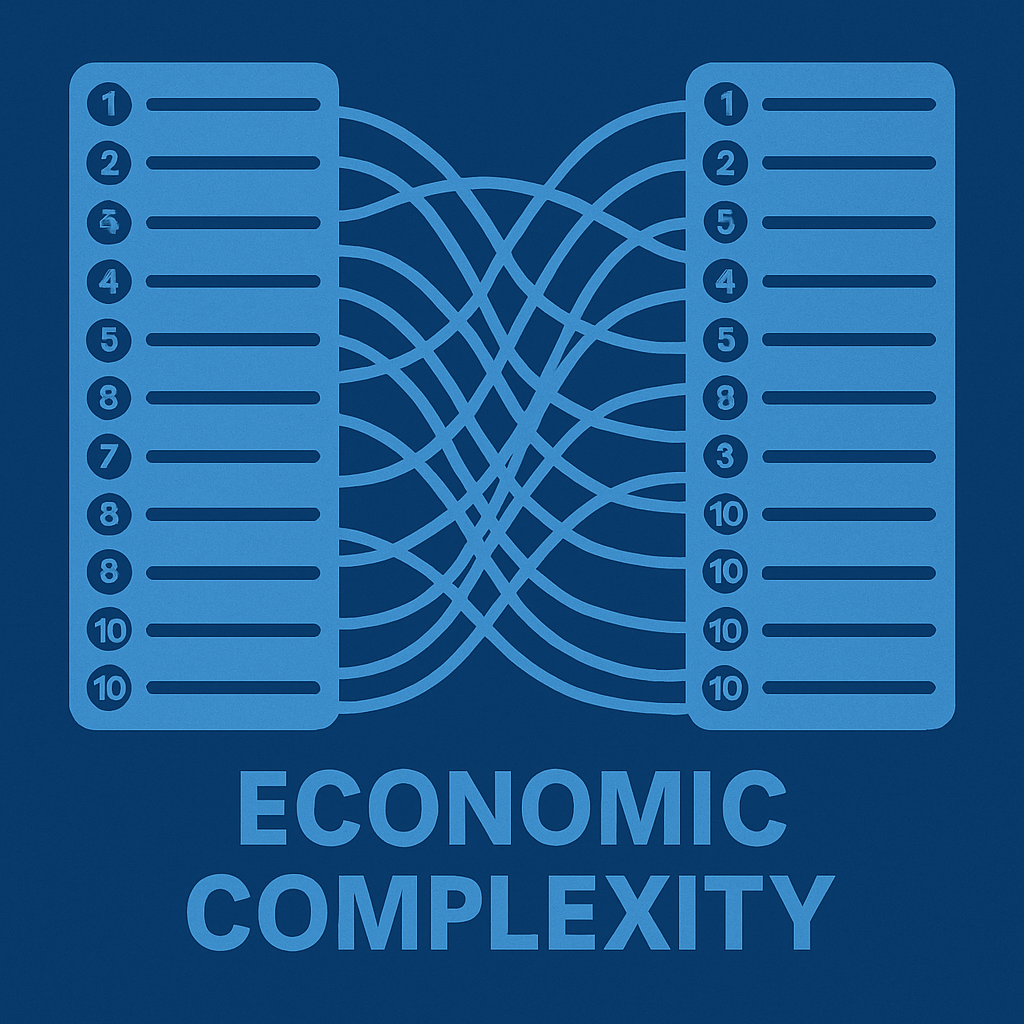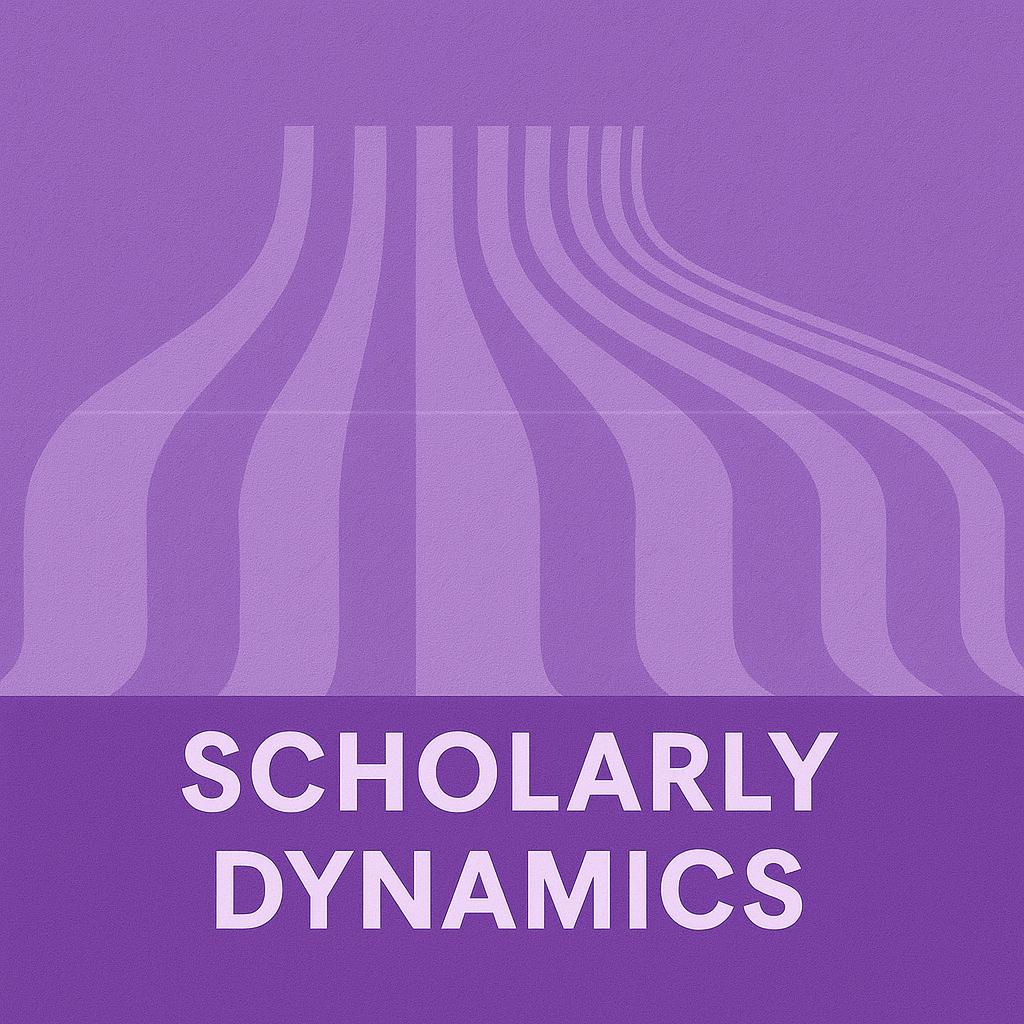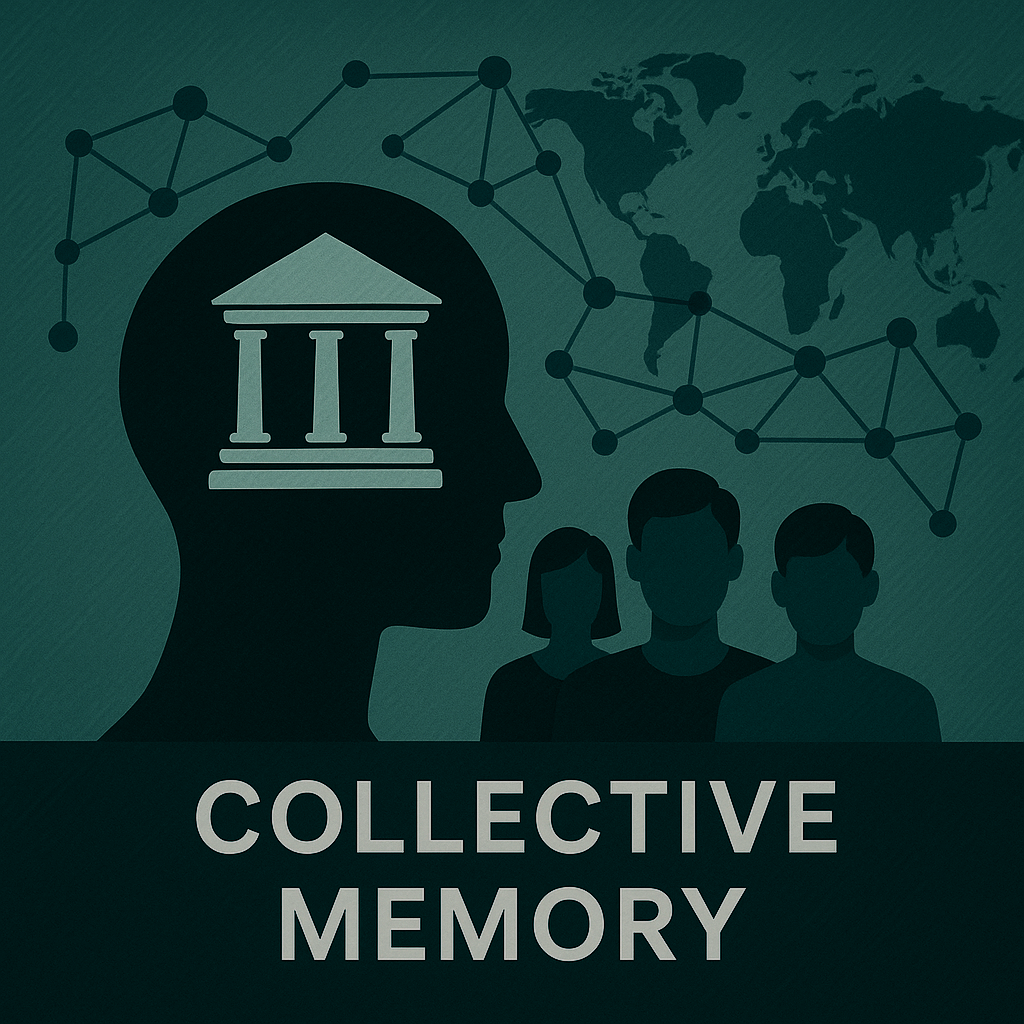Research Themes
The Center for Collective Learning is a multidisciplinary research laboratory focused on understanding the growth, accumulation, and value of socially embedded knowledge. We explore question of knowledge diffusion and accumulation, collective decision-making (from teams to nations), and collective memory.
Across all our work, we aim to understand how the dynamics of knowledge and teams shape real-world outcomes, from how economies diversify to how teams decide, and from how societies recall their past to how democracies process collective preferences.
Knowledge Growth & Structure
Economic and technological progress emerge from the accumulation of knowledge. At CCL, we study the structure, growth and decay of knowledge: how it shapes patterns of employment, trade, and innovation, how it diffuses across geographies and activities, and how it opens or constrains pathways for development. By mapping these knowledge systems and modeling their dynamics, we seek to understand how societies learn to produce more complex and valuable activities over time.
Collective Decision Making
As the world grows more interconnected and complex, decision-making becomes harder and more consequential. CCL studies how groups—from small teams to entire nations—process information, express preferences, and coordinate action. Our work explores digital democracy, organizational behavior, and AI-assisted governance to understand the mechanisms that enable effective collective choice. By examining how people deliberate, collaborate, and resolve conflict, we aim to identify the conditions under which societies can make wiser, more inclusive decisions about their future.






